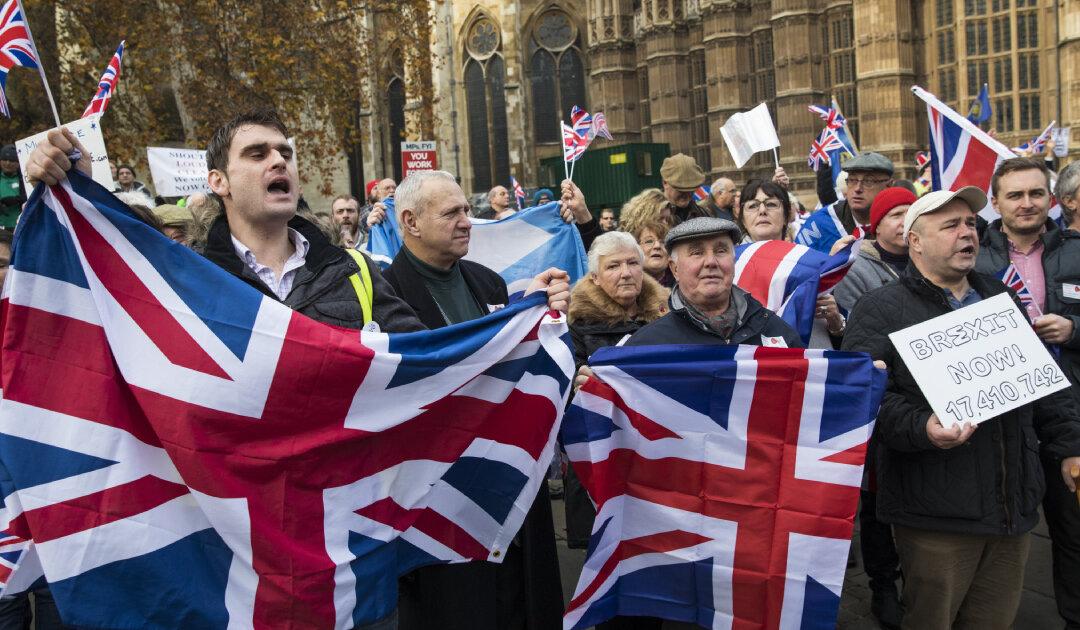LONDON—British Prime Minister Theresa May will bring her thrice defeated Brexit deal back to parliament for lawmakers to consider again in the week beginning June 3, a Downing Street spokesman said on May 14.
Details of the legislative timetable were released after May met opposition Labour Party leader Jeremy Corbyn to discuss the impasse in seven week-long cross-party talks on leaving the European Union.





